Notes from July 7, 2023 Meeting
It was our 84th meeting and our 12th anniversary meeting. I still remember our original group getting together at Triton College in July 2011 and deciding rather than getting to listen to Dean talk once a month at Triton or a couple of times at the Villa Park Library, why don’t we form a club and meet whenever we want and pick our own discussion topics. The rest is history for MASS. Tonight we had, Dean, Keith, Hank, Don, Harry and myself. I had a new computer for the presentation and was able to sit in another corner of the room. Other than a balky mouse, things went well. I always get a little concerned when I don’t have a copper wire connection, but the computer connecting to the Internet on WIFI did well and the remote mouse and keyboard kept me in a more comfortable sitting position. We used all 3 hours of our allotted time to discuss the topics.
I started out showing my 8th grade grandson, Ian, and his meeting of an astronaut. The retired astronaut is Duane Carey who flew on STS-109 Shuttle mission that performed the 4th Hubble Telescope servicing on March 1, 2002. My kindergarten granddaughter, Emily, also got to meet him at her school and she had the cutest quote when she exclaimed, “I met a man who was in space!!!” Carey was the 420th person to go into space according to SuperCluster.com. We are now up to 659 people with the 4 Italian rookies that flew on Virgin Galactic’s first commercial sub-orbital mission on June 29. Yuri Gagarin was the first person in space on April 12, 1961 when he went up for 1 orbit of 1 hour and 48 minute duration. We will celebrate 23 years of continuous presence in space on the ISS this coming November with some astronauts spending an entire year in space. We’ve come a long way since 1961.
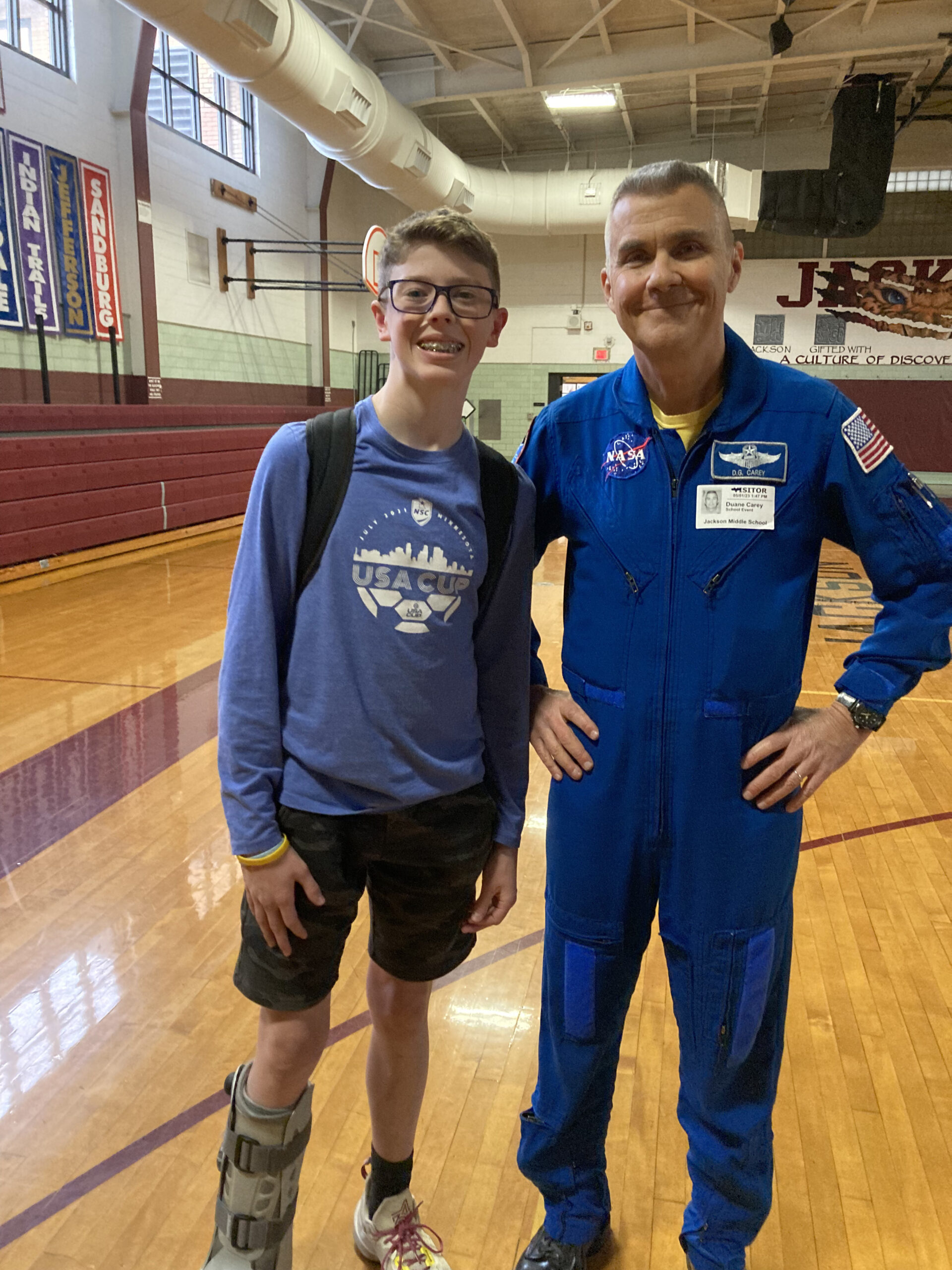
I also reminisced about Astronomy Day at Harper College on April 29. Don and I traveled there to listen to Kevin Cole talk about Mars, Venus and Jupiter’s icy moons, Dean lectured on Artemis program, and Jim Kovac on extreme exoplanets. We met Keith, Bob Kaplow, Joe DalSanto (astronomer from COD), and Darren (formerly a Triton College presenter). Thanks to Keith for the great photos.
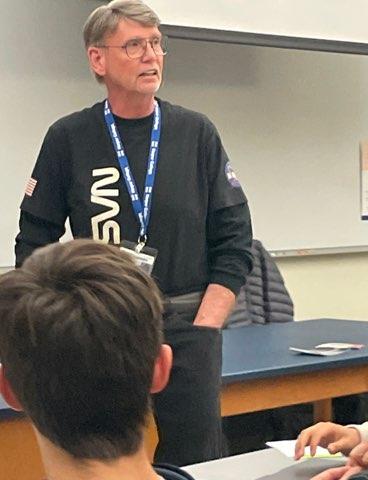

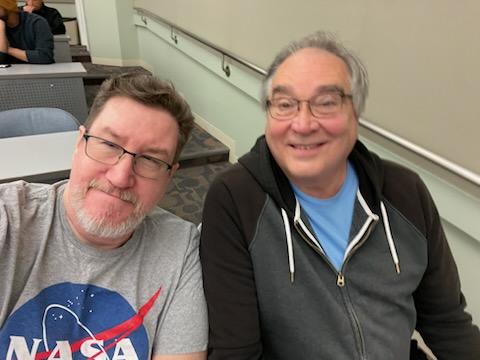
I also commented that Beth did a fantastic job co-hosting the Humans to Mars event in Washington DC on May 16-18. Matt Kaplan of the Planetary Society was the other co-host. I watched all 27 hours on YouTube of the 3 day event but I admit I did some fast-forwarding. Very proud of Beth and her national exposure.
I asked if anyone had watched the FOX network show “Stars on Mars” with William Shatner and 12 other celebrities on a simulated Mars mission. Dean, I think, watched a few episodes but I admit the show has me hooked with their reality-TV dramatics. I wonder what Beth, our actual analog astronaut, would think of the show. NASA has just begun on June 25 a 1-year 4 person Mars simulated mission in a 3-D printed habitat down in Houston called CHAPEA (Crew Health And Performance Exploration Analog). The habitat is a 1700 square foot enclosed bubble and has a 1200 square foot red sandbox to perform simulated excursions on the Mars surface. Plans are to study the crew’s health, both mental and physical. Communications will have a 22 minute delay to simulate Mars and they will simulate long walking treks using VR headsets and treadmills. After 12 months, we’ll see how many come out alive.
Now that we are half way and 1 week through the year, I gave some SpaceX statistics. They have launched Falcon 9 43 times, Falcon Heavy twice and one sort of Starship launch for a total of 46 launches. Their goal for 2023 is 100. By comparison, ULA, the other major US launch provider, has 1 Delta 4 Heavy launch. The day of the meeting, SpaceX performed another StarLink satellite launch with 48 satellites. They have launched over 4700 StarLinks and have approval to put 12,000 of them in orbit. They are asking for permission to launch another 30,000 of them. Recent news articles have stated that the current satellites have had to perform 25,000 collision avoidance maneuvers. This sounds bad but China, Russia, Europe and Blue Origin also want to put up their satellite constellations. SpaceX has been able to get the latest version of their StarLink to be too dim (7th magnitude), to be seen with the human eye. But I’m sure it is way to bright for astronomical telescope images. I’m not sure if these other entities will be that responsive to astronomical observation issues as SpaceX. Dean added that the radio noise from all these satellites are starting to ruin radio-telescope observing.
Europe performed their last Ariane 5 rocket launch on July 5th. It was the 117th launch for the very capable rocket. Remember, Ariane 5 launched the JWST on Christmas 2021. Europe is moving to the more cost competitive Ariane 6 but at the moment that are without a launch capability.
My last introductory topic was the StarLiner delay. It was scheduled for a July 21 liftoff but a NASA review identified an insufficient margin in the parachute harnesses if one of the three chutes failed and the fact that Boeing used a flammable tape to wrap most of the wiring in the capsule. Boeing has taken over a $1 billion hit on its earning to cover the delays of the capsule. I’m sure glad it was a fixed-price contract so that NASA is not on the hook for the costs. The ISS is only planned to be in orbit until 2030 and if Boeing doesn’t get StarLiner flying soon, they will have a hard time getting the 6 paying missions for NASA completed in the allotted time. Seats on StarLiner are also costing $90 million which is almost twice the $55 million cost of a seat on SpaceX’s Dragon capsule. SpaceX has performed 10 manned mission with their Dragon capsule, 7 for NASA and 3 private missions. I’m hoping Boeing gets it flying because having the US with 2 different manned capsules is a good thing and Starliner will have a couple of unique features like re-boosting the ISS and landing on land in New Mexico going for it.
StarShip and HLS
We next moved on to the result from the initial StarShip launch that occurred only 1 day before our last MASS meeting on April 20. Damage to the launch pad was much more than anticipated. We all hoped the rocket would not explode on the pad but no one anticipated that the rocket exhaust would create a crater below the launch pad. Marcus House had the best coverage of the event and we watched his video to the mark where the van of one the camera crews got impacted with chunks of concrete (2:30 mark of video). Bill Nelson, head of NASA, thinks that SpaceX will test StarShip in a couple of months, Elon estimates 4-6 weeks, but others think it won’t be until the end of 2023. SpaceX is currently installing a large steel plate below the launch pad that will spray water up at the rocket. Time will tell if this will be adequate to dampen the effect of 33 Raptor engine exhausts. SpaceX has performed a 6 engine static fire of its next upper stage of the rocket and indicated that the next test will use “hot staging” where the engines of the second stage will be light before separating from the first stage. That technique has been used with Russian rockets and the US Titan rocket and should be quite a sight to see. Remember, NASA will need an operational StarShip to perform its manned lunar landing with Artemis 3. Jim Free, NASA’s head of Artemis, is already blaming StarShip for a potential delay from its scheduled December 2025 launch date.
On May 19, NASA awarded the contract for the second HLS (Human Landing System) on the moon to the Blue Moon Lander from Blue Origin (BO). The value of the contract, for the “sustainable” version of HLS to be used on Artemis 5 in 2029, was $3.4 billion. BO will perform a test landing in 2028. They will fund over 50% of the development cost. The “sustainable” landers are to support more cargo (20 mt), up to a crew of 4 for 30 day missions and integrate with the Lunar Gateway in orbit around the moon. Hopefully, the second choice of HLS won’t be like the StarLiner from Boeing in the Commercial Crew program, where Boeing is twice as expensive as SpaceX and late to the point that the service is in jeopardy of not being needed. BO left a bad taste in my mouth with their legal suit against NASA that delayed the startup of the HLS system when they weren’t selected for the initial HLS lander. SpaceX got that contract for $2.9 billion and then was awarded a second contract for Artemis 4 for $1.15 billion more.
The Blue Moon Lander will support up to 20 mt of cargo to the lunar surface in its reusable mode and 30 mt in expendable mode. The 16 meter tall lander will weigh 16 mt dry and 45 mt when loaded with LH2 and LOX. The CIS-lunar transporter/propellant loader is needed to get Blue Moon to lunar orbit and will be developed by Lockheed Martin. BO will use its new New Glenn rocket to launch Blue Moon into earth orbit. It is interesting that BO modified the lander from the initial competition, by putting the crew cabin at the bottom of the lander and the fuel tanks on top to avoid the controversy of astronauts having to descend a 10 meter ladder to get to the surface. Dynetics, the only other bidder in the HLS competition, was much more expensive.
Here is a NASASpaceFlight video comparing the 2 HLS landers. It brings out that BO uses liquid hydrogen and oxygen, needs the “to be developed” New Glenn rocket, orbital refueling (like StarShip), the BE-4 engine that has delayed the upcoming Vulcan rocket for ULA and a new BE-7 engine for lunar landing.
Space Bites
I recently became a patron of “Universe Today” with Fraser Cain and had to use one of his weekly videos to blast through a bunch of topics. I was impressed that he scheduled me for a 15 minute Zoom call to ask my interests and how to improve his content. I told him to just keep doing the good work he currently is doing.
Here is his July 1, 2023 SpaceBites. Topics are: 1) gravitational waves from background super massive black holes, detected with pulsars; 2) neutrino background using Icecube detector in Antartica; 3) Vera Rubin observatory in Chile; 4) StarShip doing a hot fire separation; 5) Virgin Galactic’s first commercial flight; 6) JWST observations that detecting a quasar less than 1 billion years old, chemical detections, and Saturn’s image; 7) Euclid space telescope launch; 8) possible planets in the Oort cloud; 9) a new distance measure with RR Lyrae stars.
I elaborated on some of the topics with the group.
Scientists Hear the Cacophony of Super Massive Black Hole mergers – 7/3/23 The detection comes from 15 years of observing 70 pulsars from radio telescopes. Neutron stars are stars that collapsed down to only 10 miles across with 1.5 times the mass of the Sun. They have the same density as if all the people in the world were compressed into the space of a sewing thimble. Nanosecond changes in the timing of their radio signals. My old alma mater, University of Wisconsin – Milwaukee was involved. Investigators needed to determine the center of mass of the Solar System to a 100-meter accuracy. In another 7 years, they may be able to get individual Black Hole merger events separated out of the 100 million events recorded so far.
LIGO coming back on line – 5/25/23 After a 3-year hiatus, the 2 LIGO observatories in the US are back online with improved sensitivity. They should pick up a signal every 2-3 days compared to once a week during the 2019-2020 run. The Virgo detector in Italy also has been upgraded but technical issues are forcing its shutdown to extend to early Autumn. KAGRA in Japan is also restarting on May 24 but its sensitivity is lower than LIGO. LIGO’s first detection was in 2015 and 90 events have been recorded so far of black hole mergers, neutron star mergers or one merger of a black hole and neutron star pair.
Neutrinos offer new view of Milky Way – 7/3/23 10 years of IceCube data to separate the higher energy galactic neutrinos from atmospheric and solar ones. They had 60,000 events recorded. Milky Way is 10 to 100 times quieter than other galaxies. They used artificial intelligence (AI) to sort them out. IceCube sees about 100,000 neutrino events each year. There is a picture of map on site.
JWST Saturn Picture – 7/3/23 Saturn glows dark because methane absorbs the infra-red wavelength but the icy rings reflect it.
Saturn reclaims title as planet with most moons – 5/13/23 With the discovery of 62 more moons around Saturn it brings the planet up to a total of 145. Ground based telescopes were used to detect objects. Some are as small as 1.6 miles (2.5km) in diameter. Astronomers had to track them for 2 years. 121 of the moons are classified as “irregular” meaning they orbit opposite to the planet’s rotation or they orbit at a large angle from Saturn’s rotation. All of these new discoveries are in this category and are probably captured objects. Jupiter was in the lead at the last MASS meeting when 12 new Jupiter moons were discovered giving that planet a solar system leading 92 moons. The current count for the Solar System is a total of 286 moons.
Euclid Space Telescope – 6/23/23 Euclid launched on a Falcon 9 rocket from Florida on Saturday, July 1. The telescope has a diameter of 1.2 meters or 47 inches and cost $1.8 billion. It will travel for 30 days to the L2 point beyond the moon just like the JWST. But Euclid will be a survey telescope, meaning it won’t study individual objects. Over 6 years, it will survey 1/3 of the sky avoiding the plane of the Milky Way and the plane of the Solar System where dust would inhibit its observations. It will map galaxies out to 10 billion light-years away. Using spectroscopy, it will be able to estimate the distance to galaxies and create a 3-D map of the universe. It has 3 major goals: 1) how do galaxies change over time? 2) create a dark matter map by analyzing the distortion of galaxy shapes in its images; and 3) how does the expansion rate of the universe change over time? The first release of data will be 2.5 years after launch. All the questions it might help answer are of interest to me, so I can’t wait until 2026 for this first set of data.
Main Topic – UAPs
The formation of a NASA panel to investigate this topic and Dean’s offer to discuss his experience made me suggest this topic. The recent David Grusch story piled on top this already news worthy discussion.
First, we discussed the 2004 “tic-tac” videos taken from a fighter jets flying from the air craft carrier, Nimitz, and leaked to the press in 2007. Watch this video up to the 12 minute mark because it does a good job of showing the tic-tacs and editorializes about the topic. Mick West has done some great analysis of the tic-tac videos and has proved that glare in gimbaling infra-red cameras and banking jets can reproduce the effects seen.
Dean then shared his story. About 5 years back his dog was whining so he let it out into the back yard at 1 AM. Dean was surprised that the dog ran to the middle of the yard and then froze and looked up to the sky. The dog wouldn’t respond to Dean’s “come” command and suddenly a few of the tops of a couple of trees along his lot line began to wave in a stiff breeze. He then heard a low hum that vibrated the very core of his body and made him slightly nauseous. Dean said he was to scared to look up at the sky but he did retrieve his dog and went into the house. He was surprised that the time was 1:45 AM. He felt he had been out there for only a couple of minutes but it seems 45 minutes had elapsed. Days later he discovered that others in the neighborhood had heard the hum and the local paper even did a story about it.
We all agreed that Dean’s experience was a UAP (Unidentified Anomalous Phenomenon). Don also shared an experience with some mysterious white and red lights in the distance. But that was eventually explained as an optical illusion created by car headlights and taillights traveling on a winding road in hilly country.
I asked the group if they believed there is life in other locations than Earth in the Milky Way. We all agreed that there probably is. We also unanimously believe there is other intelligent life, but the certainty drops a little among the group. Finally, we don’t think UAP evidence so far indicates alien life. It is a real phenomena but needs more research to explain what is causing it.
I then showed part of the recent first public meeting of the NASA panel tasked with researching UAPs. (The full video is 4 hours long, good parts are 17:00 – 21:00 with Spergel’s introduction, 31:00 – 40:00 with Sean Kirkpatrick from AARO, and 2:52:00 – 2:55:30 with Scott Kelly where he describes when shuttle astronauts thought there was a lose bolt in the payload bay and it turned out to be the ISS miles off in the distance.) The panel was formed about 8 months ago and one of their first actions was to change the “A” in UAP from “aerial” to “anomalous”, so that it would include sea and space objects as well as ones in the atmosphere. The panel is headed by Nicola Fox, NASA’s Associate Administrator of Science Directorate, chaired by astrophysicist, David Spergel, and includes former astronaut and navy pilot, Scott Kelly, planetary scientist, David Grinspoon, and Sean Kirkpatrick, a representative from the DoD AARO (All-Domain Anomaly Resolution Office). The goal of the panel is not to render a verdict on UAPs, but set the stage for further scientific investigation. Their findings so far, is that more calibrated information is needed to resolve the sightings, like using radar information from the FAA. A final paper is due this July on the subject.
The last part of the discussion was about David Grush. Michael Shermer did a good job summarizing the story he is telling on his podcast where he is interviewing Michael Shellenberger. Watch the video from 4:00 to 7:30. Grush is a former high ranking security official and claims that alien craft with bodies have been recovered and some Americans have been murdered by them. All his information comes second hand to him. These outrageous claims need evidence, and so far, none has been produced. I’m worried that the sensational reporting of his claims will undermine all the science based analysis that the NASA panel is trying to bring to the topic. We’ll see where this latest story goes with time.
Next Moon Landing
At the end of April the Hakuto-R lander from the Japanese company iSpace ran out of fuel and crashed on the moon. Because the probe was out of contact with Earth as it circled the moon, its landing software was confused by a steep crater cliff. Apparently it ran out of fuel at a height of several kilometers and plummeted to the surface. It now joins the Beresheet lander from an Israeli company as the second Lunar X Prize company to fail in its first landing attempt.
India plans to launch Chandrayaan 3 on July 14. It will be the second attempt for the country after the Chandrayaan 2 crashed in September 2019. It will arrive at the moon in mid-August and carries a rover. The mission is intended only to last the 14 day lunar day. If successful, India will be the fourth entity to land on the moon, joining the US, Russia and China.
Russia has delayed until August its Luna 25 mission that will attempt a landing at the south pole of the moon. The Luna 24 mission that returned a lunar sample landed way back in 1976. ESA was to be involved in the mission until Russia invaded Ukraine.
The Peregrine Lander from the US company Astrobotic still intends to fly on the first Vulcan rocket launch. But due to an explosion with Vulcan’s Centaur upper stage during testing, ULA now will be pressed to perform a redesign and get the rocket ready before the end of 2023. Up to this point, the certification of the first stage’s BE-4 engines from Blue Origin was the hold up for the rocket. NASA recently changed the landing location for Peregrine from Lactus Mortis, which has an interesting lava tube, to the Gruithuisen Domes on the northeast edge of Oceanus Procellarum (Ocean of Storms) on the western part of the moon’s near side. The new area is rich in silica and makes it scientifically interesting.
Sun Activity
Solar Activity could peak a year early – Scott McIntosh, who predicted the higher peak than NASA, has lessened his prediction. That would make the peak occur in 2024, not the consensus prediction of 2025.
How the next solar cycle is proceeding – Latest sunspot numbers from the Space Weather Prediction Center. Sunspots a trending above the consensus prediction numbers for cycle 25. The June 2023 predicted value was 77.9 but the actual value was 163.4. Quite a difference.
05/05/23 S&T article, solar activity is increasing for cycle 25 but experts still expect a mild one. On April 21, 2023 a CME caused a geomagnetic storm that ranked 4 on a 5-point scale creating auroras as far south as New Mexico. It was seen at Northern Illinois University in DeKalb but nothing from my backyard. A graph shows a big uptick but last data point gets it back to the predicted intensity. Cycle 24 was one of the quietest on record. Another nice graph shows Cycle 21-25 going back to 1980. Scott McIntosh predicted a stronger cycle than others but he has lowered his prediction strength. He looked for the terminator event. The Hale Cycle is the 22-year cycle when Sun’s magnetic polarity returns to its original value. He noted a link between the end of each solar magnetic cycle and the amplitude of the next cycle. The terminator event, when the opposing magnetic bands meet at the solar equator and cancel each other out. It occurs twice in a Hale Cycle. In 2019 McIntosh predicted the Terminator Event to occur in mid-2020, but it didn’t happen until December 2021. The shorter cycle 25 meant a less active one. The longer time between terminators leads to a weaker next cycle. High peak earlier this year was 146 sunspots in January. Consensus prediction is about 125 sunspots in mid-2025.
Article explaining the Terminator Event on the Sun. It shows McIntosh’s lowered prediction of 190 +/- 20 but the number is still above the consensus. It contains a graph that shows how bands meet and cancel each other signaling the end of a cycle. If a cycle ends slowly, it inhibits the next cycle. If it ends quickly, the next cycle is strong because it has more time to ramp up. Last reported on at August 12, 2022 MASS Meeting. Consensus was max of 110 +/- 26. Official forecast 115 max in April 2025. Original report via zoom on March 26, 2021, McIntosh predicted peak of 233 versus consensus of 115.
New images from Daniel K. Inouye Telescope – Pictures from the new telescope are always intriguing.
Astronomy
Dark Matter behavior might be explained better by axions than WIMPs – Because axions interfere with themselves the gravity field would be more chaotic; one group has done some analysis that mimics observations around 1 galaxy. Axiom mass would only be 10^-22 ev, much less than the electrons 500,000 ev or even the several ev of the neutrino. Fraser Cain also did an interesting video on the subject.
NASA
India joins the Artemis Accords. It became the 27th nation to join. Pakistan joined the competing China/Russia entity.
Psyche, NASA’s mission to a metallic asteroid, is ready for an October 2023 launch. The mission missed it launch window last year due to JPL management of the software development and testing. A NASA review blamed lack of management oversight during the COVID lockdown for the failure (too many people working from home). The project currently has 7 weeks of margin in the 18 weeks remaining before launch. The cost of the delay has caused other missions like Veritas, one of NASA’s Venus missions, not to be started due to personnel and money constraints.
Europa Clipper is doing well and plans a 2024 launch. Can’t wait to see those up close pictures of Jupiter’s moon.
Mars Sample Return is starting to be the mission that “ate NASA’s budget”. Cost has doubled to an estimated $9 billion.
X-57 Maxwell electric airplane cancelled by NASA. I really wanted to see this fly but NASA deemed it unsafe.
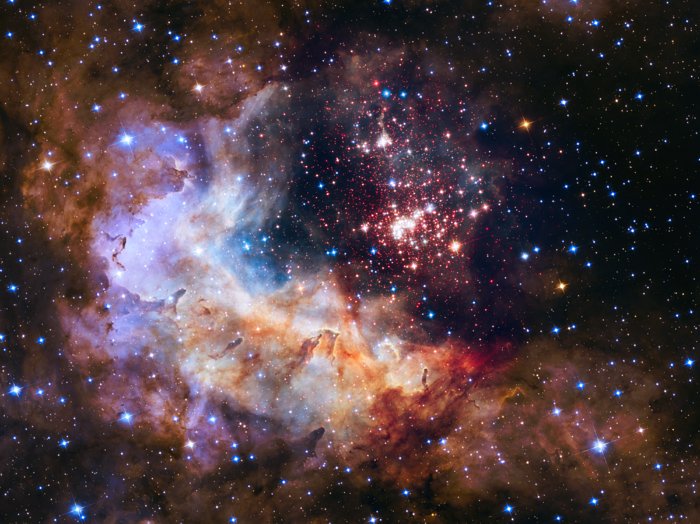
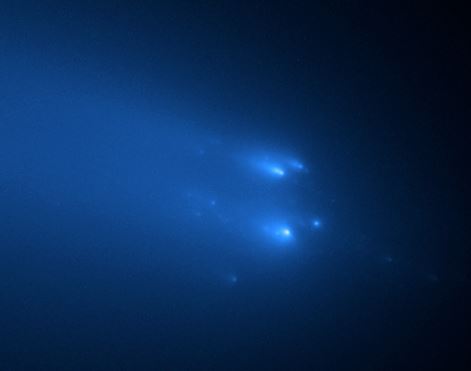
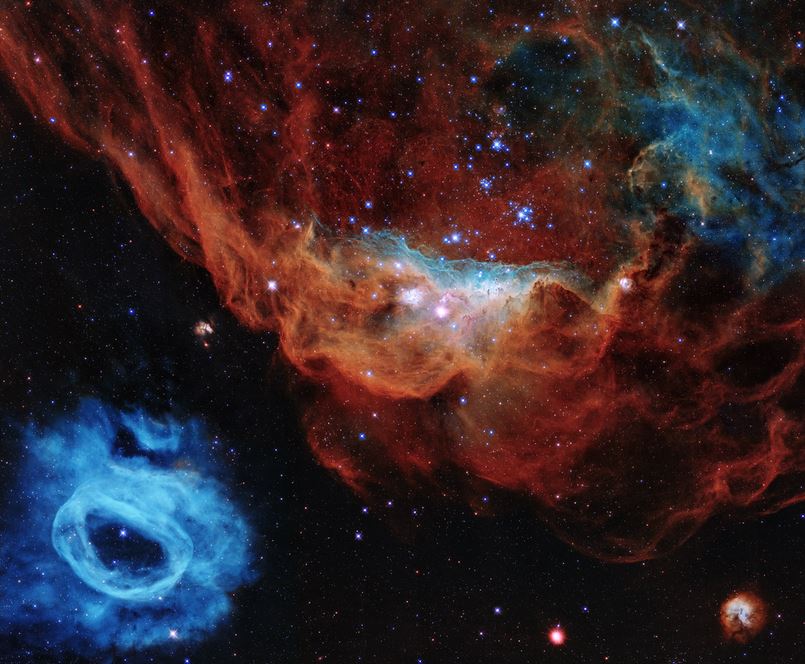
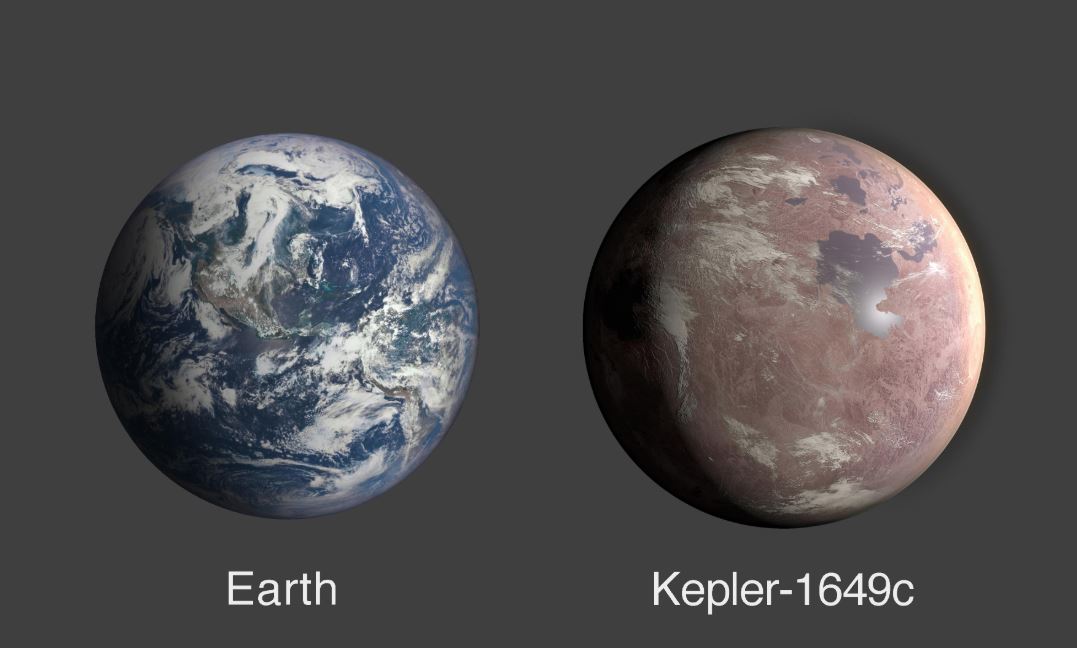
Recent Comments